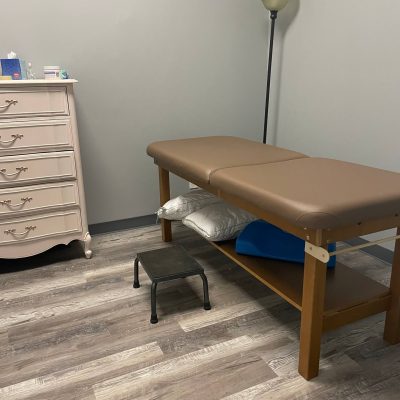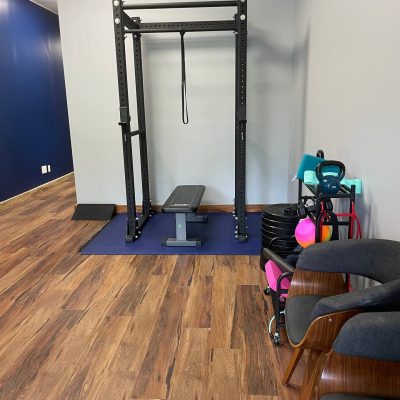Lipedema, sometimes called Lipoedema or Lipalgia, is a condition that often goes undiagnosed or misdiagnosed, causing confusion and frustration for individuals experiencing its symptoms. It is often mistaken for simple weight gain or lymphedema due to its similar characteristics. In this blog post, we will explore what lipedema is, its distinguishing features, and the importance of proper diagnosis and management for those affected.
What is Lipedema?
Lipedema is a chronic disorder characterized by an abnormal accumulation of fat cells, typically in the hips, thighs, buttocks, and lower legs; however, it can also present in the abdomen and arms. It primarily affects women and is believed to have a hormonal component, as it often starts or worsens during hormonal transitions like puberty, pregnancy, or menopause. Lipedema is a progressive condition, meaning it can worsen over time if left untreated.
Distinguishing Lipedema from Lymphedema:
While lipedema and lymphedema may share some similarities, it is essential to understand their differences:
-
Distribution: Lipedema primarily affects the lower body, typically starting from the hips and extending down to the ankles. It often presents as bilateral and symmetrical enlargement of the legs. In contrast, lymphedema can occur in any part of the body and is typically asymmetrical, resulting from a compromised lymphatic system. In the lower legs, lipedema typically is NOT present on the top of the foot, but starts at the ankles. Lymphedema in the legs typically involves the top of the foot and even the toes.
-
Texture and Sensation: Lipedema fat tends to have a softer texture compared to lymphedema, which is often firmer and pitting when pressed. Lipedema can also cause increased sensitivity to touch, with individuals experiencing pain or tenderness in the affected areas. Lipedema is characterized by an “orange-peel” type texture, or peau d’orange changes.
-
Presence of Edema: While both lipedema and lymphedema involve swelling, lipedema does not initially present with significant edema or pitting. In lymphedema, on the other hand, edema is a primary characteristic, and pitting may be observed when pressure is applied to the affected area. In progressive cases of lipedema, lymphedema can develop on top of lipedema, creating more pitting edema.
-
Progression: Lipedema is a progressive condition that tends to worsen over time, with the excess fat increasing in volume. Lymphedema can also progress if left untreated, but its progression is primarily related to the underlying lymphatic dysfunction.
Diagnosis and Management:
If you suspect you may have lipedema, it is crucial to consult with a healthcare professional who specializes in the condition, such as a lymphedema therapist. A comprehensive evaluation will typically involve a physical examination and medical history review.
Although lipedema cannot be cured, proper management can help alleviate symptoms and slow its progression. Here are some key aspects of lipedema management:
-
Compression Therapy: Wearing compression garments, such as compression stockings or leggings, can help improve circulation, reduce swelling, and provide support to the affected areas. Compression garments need to properly sized and prescribed by a Lymphedema Therapist versus “just ordering from Amazon.”
-
Manual Lymphatic Drainage (MLD): MLD, performed by a trained therapist, uses gentle massage techniques to stimulate lymphatic flow, reduce swelling, and enhance overall fluid movement.
-
Exercise and Movement: Engaging in low-impact exercises, such as walking, swimming, or cycling, can help improve lymphatic flow, strengthen muscles, and promote overall well-being. Working with a Certified Lymphedema Therapist experienced in lipedema can provide tailored exercise programs.
-
Healthy Lifestyle: Maintaining a balanced diet, managing weight through healthy habits, and incorporating self-care practices like skin hygiene and moisturizing can support overall management of lipedema symptoms. There is research that a Mediterranean style diet is beneficial for those with Lipedema.
-
Emotional Support: Living with lipedema can have a significant impact on self-esteem and body image. Seeking support from healthcare professionals, support groups, or therapy can help individuals cope with emotional challenges and foster a positive mindset.
Lipedema is a frequently misdiagnosed condition characterized by abnormal fat accumulation in the lower body. By understanding its unique features and distinguishing it from lymphedema, individuals affected by lipedema can seek proper diagnosis and appropriate management strategies. Through a comprehensive approach encompassing compression therapy, manual lymphatic drainage, exercise, healthy lifestyle choices, and emotional support, those with lipedema can optimize their quality of life and effectively manage their symptoms. If you suspect you have lipedema, consult with a qualified healthcare professional to receive a proper diagnosis and personalized treatment plan. Magic City Physical Therapy in Birmingham, Alabama, has Certified Lymphedema Therapists to help you manage your Lipedema symptoms.







